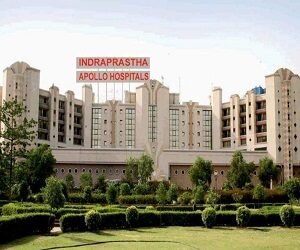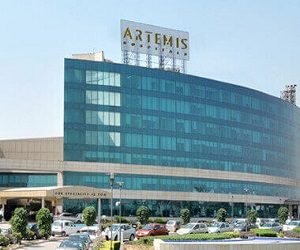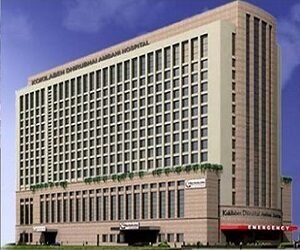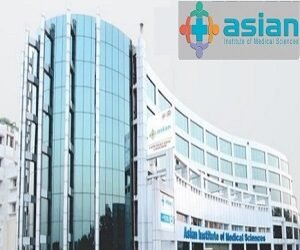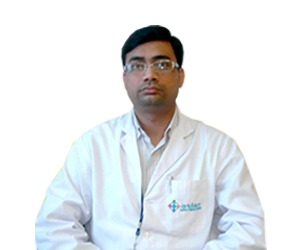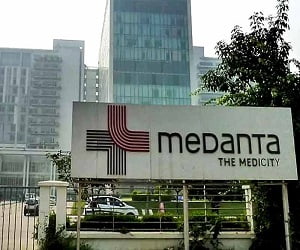Salivary Gland Treatment in India
Paranasal Sinus:
Sinuses or paranasal sinuses are normal structures in the human skull that are essentially air containing and mucosa lined cavities, well connected to the nasal cavity or nose proper. The mucosal lining of the nose continues inside the sinuses that are distributed above and below the orbits (eye sockets) and continue deep inside towards the brain in midline. Any infection or inflammation of one or all of these sinuses is called “sinusitis”.
Essentially sinusitis can be the acute or recent onset variety which normally happens following an upper respiratory infection or common cold and progresses to frank headache/facial pain and nasal discharge. The treatment usually is a course of symptomatic drugs or antibiotics based on the clinical evaluation by the otolaryngologist.
Popular Cities in India for ENT Treatment are
New Delhi | Gurgaon | Faridabad | Chennai | Hyderabad | Mumbai | Bangalore
Get Opinion From Doctor
- Paranasal Sinus
- Chronic Sinusitis
Chronic sinusitis
Chronic sinusitis is an infection or inflammation of one or all of the sinuses that lasts more than 12 weeks. Unlike acute sinusitis, chronic sinusitis is an entirely different pathology and hence deserves a detailed discussion.
Chronic sinusitis is essential of two kinds:
Chronic rhinosinusitis with nasal polyps (CRSwNP) and Chronic rhinosinusitis without nasal polyps (CRS).
CRS without polyps
CRS without polyps is characterized by long-standing inflammation of sinus mucosa, blockage of sinus outflow tracts and accumulation of diseased mucus in sinuses and hypertrophy of sinus mucosa. All this leads to symptoms such as nasal congestion, postnasal drip or discharge, facial or head heaviness and blockage of the nose that is more marked when lying down.
Treatment of Chronic Sinusitis:
The treatment of this includes endoscopic sinus surgery to re-open the blocked sinus tracts and remove the diseased mucosa while sparing the normal mucosa. Since normal mucosa and uninvolved sinuses are spared during surgery with every effort being done to limit the scope of surgery to expedite post-surgical recovery and nasal healing, this is termed as “Functional endoscopic sinus surgery”.
Functional endoscopic sinus surgery: The procedure is fully endoscopic, being performed through the nostrils through precision and powered instruments and lasers or plasma ablation. This procedure leads to the manual opening of blocked sinuses thus creating a wider space in nasal cavities and sinuses for better reach and penetration of nasal sprays and drops or saline washes meant to keep sinuses clean.
CRS with polyps
CRS with polyps is a hypersensitivity inflammatory disease that represents the end of a spectrum of sinus inflammation in terms of severity and eventual outcome. The role of surgery in polyp disease is more compulsive in form of the only way to remove the polyps and diseased mucosa from nose and sinuses and open the sinuses widely to facilitate regular nasal saline irrigation and steroid sprays that are mandatory to ensure long-term disease control.
The goals of endoscopic sinus surgery are slightly different here than in sinusitis without polyps, as here the surgical scope is more aggressive to reduce disease recurrence. The surgery also ensures obtaining mucosa and polyps for histopathological examination thus further assisting in disease categorization, post-operative medical treatment, follow-up and incidental diagnosis of nasal and paranasal tumors.
Though followed up by means of clinical examination, nasal endoscopic examinations and CT scans of sinuses are recommended for all sinusitis patients undergoing sinus surgery, it is critically important to prevent disease recurrence in polyp cases.
The quality of life is significantly improved in terms of relief from headache, lack of smell, nasal blockage, sleep disturbances and nasal discharge.
Common myths and fact check
:
Myth: Sinus “disease” is the same as nasal obstruction or blockage.
Fact: Chronic sinusitis is not the same as nasal blockage or congestion. Nasal obstruction can be caused by the deviated nasal septum, turbinate hypertrophy, chronic sinusitis, tumors or nasal allergy and nasal decongestant abuse. Each of the above requires different management.
Myth: Sinusitis has no cure and it comes back after surgery.
Fact: Sinusitis is of different subtypes and all require a different scope of medical or surgical treatment. Allergy such as sneezing or watery nasal discharge is seasonal and can always come back depending on immunity and environmental issues. Outcomes of endoscopic sinus surgery depend upon the subtype of sinus disease (polyp vs non-polyp sinusitis), kind of surgery performed (polypectomy vs endoscopic sinus surgery), the extent of surgery performed (basic vs extended), presence of bronchial asthma or aspirin hypersensitivity and clinical and endoscopic follow-up post-surgery.
Myth: Sinusitis can be managed by frequent antibiotic and steroid courses with nasal decongestant drops available over the counter.
Fact: Antibiotics have very little penetration in bony sinuses inflamed over long periods and coupled with resistant bacterial biofilms, antibiotics have a very limited role to play in the management of chronic sinusitis. Surgical disease removal followed by nasal saline and medicated washes are the most effective method for removing inflammation and infection. Further, frequent antibiotic courses lead to antibiotic resistance not just in the patient but also in the community and can have potential adverse effects on immunity.
Paranasal Sinus:
Sinuses or paranasal sinuses are normal structures in the human skull that are essentially air containing and mucosa lined cavities, well connected to the nasal cavity or nose proper. The mucosal lining of the nose continues inside the sinuses that are distributed above and below the orbits (eye sockets) and continue deep inside towards the brain in midline. Any infection or inflammation of one or all of these sinuses is called “sinusitis”.
Essentially sinusitis can be the acute or recent onset variety which normally happens following an upper respiratory infection or common cold and progresses to frank headache/facial pain and nasal discharge. The treatment usually is a course of symptomatic drugs or antibiotics based on the clinical evaluation by the otolaryngologist.
Get Opinion From Doctor
- Paranasal Sinus
- Chronic Sinusitis
Indraprastha Apollo Hospital
No. of beds: 900
ICU Beds: 262
Airport: 20kms
Brief about Hospital:
- Indraprastha Apollo Hospital is a flagship hospital of India’s foremost
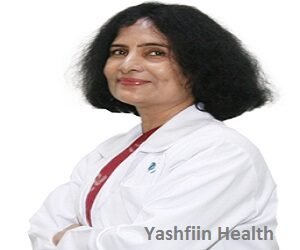 |
Dr. Kalpana Nagpal Specialist: ENT Surgeon Experience: 30 years Hospital: Apollo Hospital |
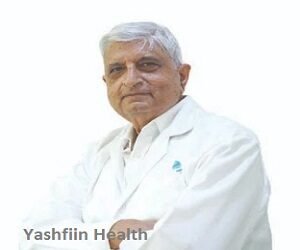 |
Dr. Sabir H. Ansari Specialist: ENT Surgeon Experience: 47 years Hospital: Apollo Hospital |
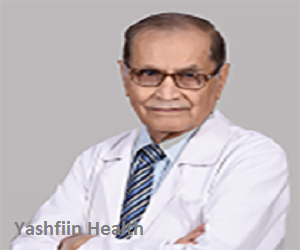 |
Dr. P. L. Dhingra Specialist: ENT Surgeon Experience: 45 years Hospital: Apollo Hospital |
BLK Super Speciality Hospital
Number of beds: 700
ICU Beds: 175
Airport Distance: 13 Km
Brief about hospital:
- BLK Super Speciality Hospital was established by Dr. B.L. Kapur in 1959.
 |
Dr WVBS Ramalingam Specialist: ENT Surgeon Experience: 35+ years Hospital: BLK Hospital |
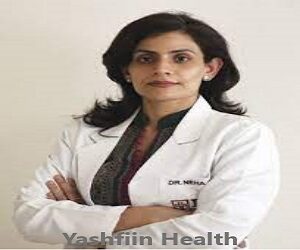 |
Dr. Neha Sood Specialist: ENT Surgeon Experience: 18 years Hospital: BLK Hospital |
 |
Dr. Anil Kumar Specialist: ENT Surgeon Experience: 16 years Hospital: BLK Hospital |
Manipal Hospital Dwarka
Number of beds: 380
ICU Beds: 118
Airport Distance: 8 Km
Brief about Hospital:
- Manipal Hospital Dwarka is a prominent multi-speciality and quaternary
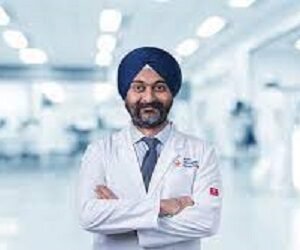 |
Dr. Harpreet Singh Speciality: ENT Surgeon Experience: 19+ years Hospital: Manipal Hospital |
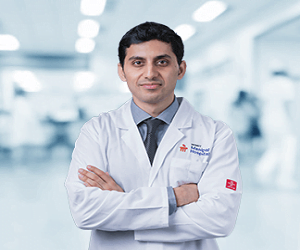 |
Dr. Ashish Vashishth Specialist: ENT Surgeon Experience: 11 years Hospital: Manipal Hospital |
Kims Hospital Secunderabad
Number of beds: 1000
ICU Beds: 300
Airport Distance: 36
Brief about hospital:
- Kims Hospital at Secunderabad is a flagship multispecialty hospital which became operational in 2004.
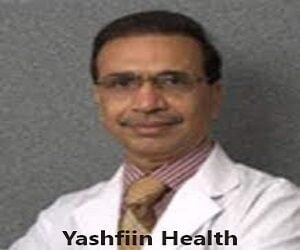 |
Dr. Janardhan Jagini Specialist: ENT Surgeon Experience: 37+ years Hospital: KIMS Hospital |
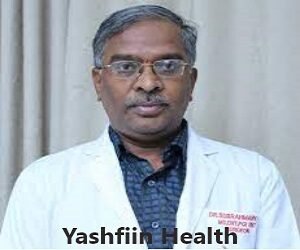 |
Dr. C. Subramanyam Specialist: ENT Surgeon Experience: 20+ years Hospital: KIMS Hospital |
Aakash Hospital
Number of beds: 230
ICU Beds: 70
Airport Distance: 10 Km
Brief about Hospital:
- Aakash Healthcare Super Speciality Hospital is a tertiary care facility, with 15 Dialysis,
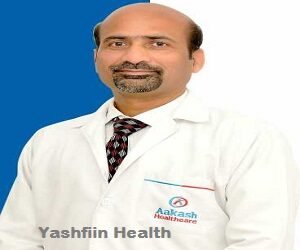 |
Dr. Abhinit Kumar Specialist: ENT Surgeon Experience: 10+ years Hospital: Aakash Hospital |
Get Opinion From Doctor
Artemis Hospital
Number of beds: 600
ICU Beds: 185
Airport Distance: 19 Km
Brief about Hospital:
- Artemis Hospital, established in 2007, spread across 9 acres, is a 600plus bed;
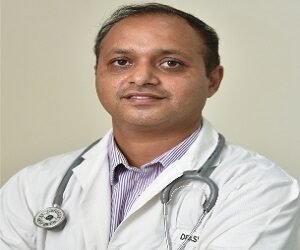 |
Dr. Shashidhar TB Specialist: ENT Surgeon Experience: 13+ years Hospital: Artemis Hospital |
 |
Dr. Anish Gupta Specialist: ENT Surgeon Experience: 13+Years Hospital: Artemis Hospital |
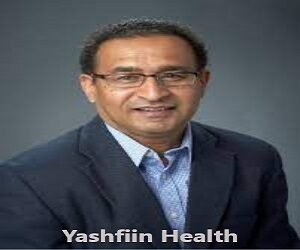 |
Dr. Dilpreet Bajwa Specialist: ENT Surgeon Experience: 8+ years Hospital: Artemis Hospital |
Medanta Hospital Gurgaon
Number of beds: 1250
ICU Beds: 300
Airport Distance: 18 KMs
Brief about Hospital:
- Medanta – The Medicity is amongst India’s largest and most renowned multi-super speciality
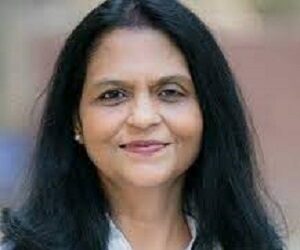 |
Dr. Aru Chhabra Handa Specialist: ENT Surgeon Experience: 26+ years Hospital: Medanta Hospital |
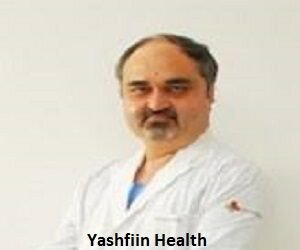 |
Dr. Kumud K Handa Specialist: ENT Surgeon Experience: 27+ years Hospital: Medanta Hospital |
Fortis Memorial Research Institute (FMRI)
Number of beds: 1000
ICU Beds: 298
Airport Distance: 17 KMs
Brief about Hospital:
- Fortis Memorial Research Institute was established in 2001.
 |
Dr. Vineet Chadha Specialist: ENT Surgeon Experience: 9+ years Hospital: Fortis Hospital |
 |
Dr. Shilpi Budhiraja Specialist: ENT Surgeon Experience: 8+ years Hospital: Fortis Hospital |
 |
Dr. Atul Kumar Mittal Speciality: ENT Surgeon Experience: 25+ years Hospital:Fortis Gurgaon |
Manipal Hospital
Number of beds: 600
ICU Beds: 124
Airport Distance: 18 KMs
Brief about Hospital:
- Established in the year 1991. Manipal Hospital HAL Airport Road is a multi-specialty hospital.
 |
Dr. Anithakumari AM Speciality: ENT Surgeon Experience: 23+ Years Hospital: Manipal Hospital |
 |
Dr. Bathi Reddy Speciality: ENT Surgeon Experience: 35+ Years Hospital: Manipal Hospital |
 |
Dr. Girish Rai B Speciality: ENT Surgeon Experience: 40+ Years Hospital: Manipal Hospital |
 |
Dr. E.V. Raman Speciality: ENT Surgeon Experience: 41+ Years Hospital: Manipal Hospital |
Kokilaben Dhirubhai Ambani Hospital
Number of beds: 750
ICU Beds: 180
Airport Distance: 8 KMs
Brief about Hospital:
- Kokilaben Dhirubhai Ambani Hospital is a top-class multi-specialty tertiary care hospital
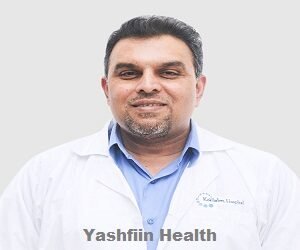 |
Dr. Sanjiv Badhwar Speciality: ENT Surgeon Experience: 25+ years Hospital: Kokilaben Hospital |
Asian Institute of Medical Sciences
Number of beds: 425
ICU Beds: 70
Airport Distance: 34 KMs
Brief about Hospital:
- Asian Institute of Medical Sciences (AIMS) Faridabad is a super-speciality hospital.
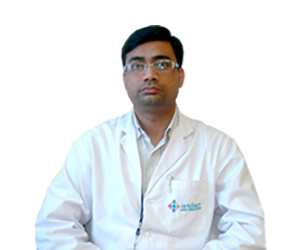 |
Dr. Swapnil Brajpuriya Speciality: ENT Surgeon Experience: 12+ years Hospital: Asian Hospital |
Get Opinion From Doctor
Why Choose Us ?
Complete resolution for our patients across border seeking medical treatment in India

